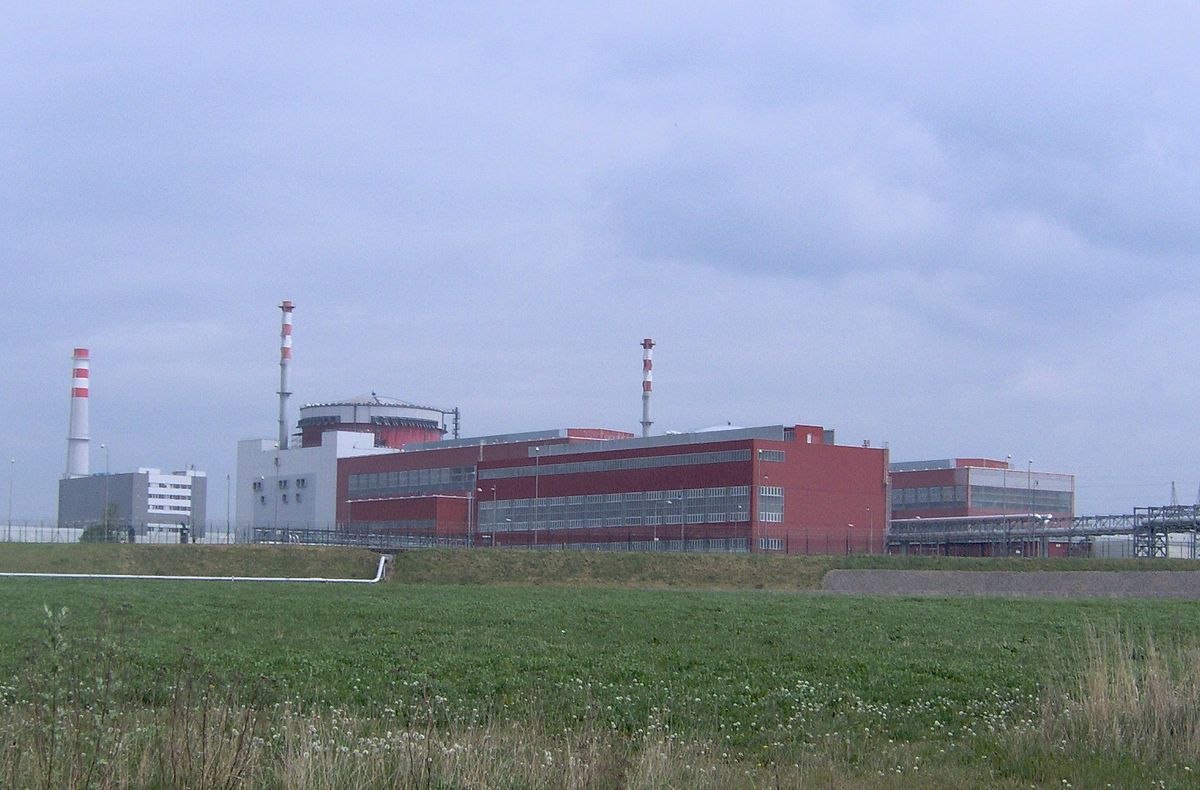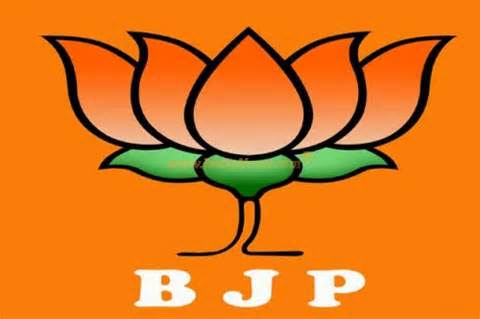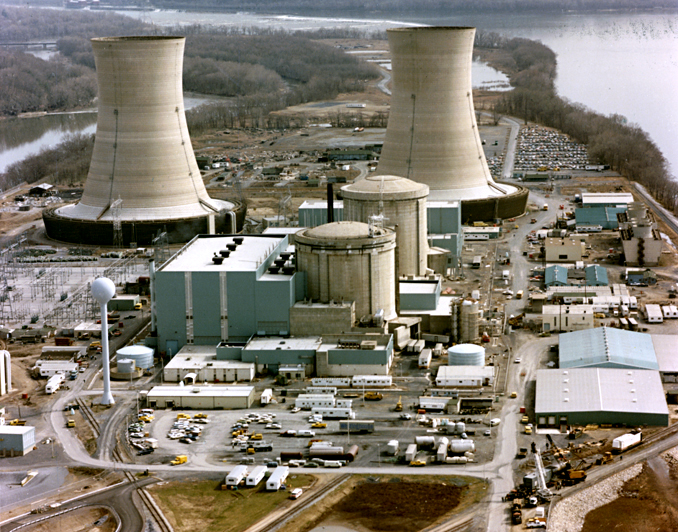
Blog
-
Geiger Readings for April 11, 2014
Ambient office = 74 nanosieverts per hourAmbient outside = 109 nanosieverts per hourSoil exposed to rain water = 109 nanosieverts per hourBroccoli from Top Foods = 54 nanosieverts per hourTap water = 87 nanosieverts per hourFiltered water = 84 nanosieverts per hour -
Nuclear Reactors 117 – Czech Republic Cancels Tender for Two New Nuclear Reactrors
The Czechoslovakian government began construction of four nuclear reactors in 1987 for the Temelin Nuclear Power Station near the village of Temelin. After the Velvet Revolution of 1990, construction of two of the four reactors was cancelled. During the 1990s, there were redesigns of the remaining two reactors for better safety and reliability. There were also construction delays and cost overruns. There was opposition from neighboring countries and protests from groups in the Czech Republic. In 1999, the Czech government decided to continue construction in spite of the cost overruns that had tripled the cost of the project. Finally, in 2000, the first reactor was commissioned and the second reactor was commissioned in 2002.
In 2009, the Czech utility CEZ started the tender process to select a vendor for construction of two new reactors for the Temelin plant. The French Areva company, the U.S. Westinghouse company and the Russian OKD Gidropress and AtomStroyExport companies were included in the bidding. In 2012, Areva was informed that its bid had been disqualified. CEZ had intended to make its selection and begin construction in late 2013 with an expected completion dates of 2023 and 2024 for the two reactors. However, the selection of a vendor was not made in 2013 or early 2014.
CEZ is seventy percent owned by the Czech government. Yesterday, the Czech government declared that, in spite of its general support for nuclear power, it refused to provide any guarantees to CEZ with respect to the project. CEZ was asking for government guarantees for the future electricity prices for electricity generated by the two new reactors. Government representatives pointed out that there had been serious problems with such guarantees for renewable power sources such as solar energy. In addition, with the volatility in the global energy market, issuing such guarantees would be unwise.
Representatives of CEZ commented that while the plan for the new reactors was economically realistic in the early 1990, recent turbulence in the regional energy market threatened investment in power plants which depended on sale of electricity for revenues. They said that there are still serious concerns about the ability of CEZ to provide sufficient electricity in future but they now understood that it would be necessary to work very closely with the Czech government in the planning for any future nuclear power plants in the Czech Republic.
The Czech ministers of finance, trade and industry have been charged with the task of drawing up a comprehensive plan by the end of 2014 for the development of future nuclear power in the Czech Republic. The President of the Czech Republic has said that he would like to see a new tender process started for the construction of two new reactors at Temelin.
I was not surprised by this development. I have blogged before about the rising cost of nuclear construction and the volatility of regional energy markets. Governments are reluctant to issue the same guarantees for future electricity prices that they issued in the past to the owners and operators of nuclear power stations. I don’t believe that nuclear power can compete with other energy sources on a level playing field.
Temelin Nuclear Power Station in the Czech Republic:
-
Radiation News Roundup April 10, 2014
Cancer rates in many areas of Japan are on the rise following the global catastrophe at the Fukushima Daiichi nuclear power facility back in March 2011. thewatchers.adorraeli.com
Akkuyu NPP, the Russian-owned project company responsible for Turkey’s first nuclear power plant, has submitted a revised version of its environmental impact assessment (EIA) report on the plant. world-nuclear-news.org
-
Geiger Readings for April 10, 2014
Ambient office = 65 nanosieverts per hourAmbient outside = 64 nanosieverts per hourSoil exposed to rain water = 89 nanosieverts per hourBanana from QFC = 122 nanosieverts per hourTap water = 70 nanosieverts per hourFiltered water = 56 nanosieverts per hour -
Nuclear Weapons 71 – India May Abandon No First Strike Nuclear Policy
I have blogged before about the nuclear tensions between India and Pakistan. Since the partition of British Colonial India into the Muslim state of Pakistan and the Hindu state of India, there have been border disputes and armed conflict, especially over the Kashmir. The world was rightly concerned about the acquisition of nuclear weapons by India and Pakistan. India developed its nuclear arsenal in response to border disputes with China. Pakistan then developed nuclear weapons in response to India nuclear buildup.
India and Pakistan have never signed the nuclear non-proliferation treaties that the other nuclear powers with the exception of North Korea have signed. After India conducted its first nuclear tests, the other nuclear powers tried to pressure India to renounce nuclear weapons by applying a series of crippling trade sanctions. India responded by adopting a policy against first use of nuclear weapons in any military confrontation with another nation. Since then, the U.S. and other countries with nuclear arsenals have come to accept India as a nuclear armed nations. The U.S. and India signed an arrangement for the U.S. to provide India with assistance in the development of civilian nuclear power despite India’s nuclear weapons program. Pakistan has never agreed to a no-first use policy.
The Bharatiya Janata Party (BJP) was in power in India at the time of the underground tests in 1998. Since then it has been eclipsed by other political parties in the governance of India but appears to be on the brink of returning to power. In the upcoming elections, the BJP is favored to win the most seat in India’s parliament. They may not have enough seats to form a government but they do have the best chance of forming a coalition government.
The BJP is headed by Narendra Modi, a strong Hindu nationalist. Aides to Modi have said that if he becomes India’s Premier, India would “be tougher with China over territorial disputes and more robust with Pakistan over attacks by Islamist militants supported by Pakistan. The party manifesto says it would seek friendly relations with neighboring nations but it “vowed to deal with cross-border terrorism with a firm hand” and take a “strong stand and steps ” when required.
The manifesto also said that the BJP would reconsider the pledge to never be the first to use nuclear weapons in a military conflict but did not provide any details. The U.S. official who helped to negotiate the nuclear technology agreement in 2008 has remarked that it is difficult to see how abandoning the no-first use of nuclear weapons would be in India’s interest. Nuclear weapons will be of no use in a border dispute or in dealing with terrorism. As China has embarked on heavy investment in nuclear weapons and Pakistan has been drawing even with and maybe even surpassing nuclear parity with India, the BJP party insists that it is time to review the no-first use policy.
Pakistan has not officially reacted to the BJP pronouncements. Pakistani officials have pointed out that the nuclear situation between Pakistan and India is one of “mutually assured destruction” (MAD) that was the basis of the Cold War standoff between the U.S. and the Soviet Union. If either Pakistan or India started a nuclear war, the other would finish it and both countries would be destroyed. Even so, the public abandonment of the no-first use policy by India will add to international tensions in the area of the world.
-
Geiger Readings for April 9, 2014
Ambient office = 90 nanosieverts per hourAmbient outside = 114 nanosieverts per hourSoil exposed to rain water = 106 nanosieverts per hourBroccoli from Top Foods = 68 nanosieverts per hourTap water = 95 nanosieverts per hourFiltered water = 82 nanosieverts per hour -
Nuclear Reactors 116 – The Threat of Another Major Nuclear Accident.
I have blogged about a lot of nuclear accidents both large and small. I have often said that if there is one more major nuclear accident in the world, it could seriously damage the reputation of nuclear power. Politicians, investors and the public at large will be much less inclined to support the construction of new reactors. And, given the realities of the nuclear industry, it is inevitable that there will be another major nuclear accident.
There have been three major nuclear accidents in the past thirty five years including Three Mile Island in 1979, Chernobyl in 1986 and Fukushima in 2011. That averages out to about one about every twelve years. The number of accidents might be small compared to the number of operating reactors but each caused environmental damage. Two of them generated radioactive contamination that spread far beyond the country where the accident occurred. The cleanup of Chernobyl and Fukushima continue, absorbing billions of dollars and may never be completed.
I am certain that no matter what the nuclear regulatory agencies and nuclear corporations do, there will be another major accident in a few years. While I fully support the efforts of the regulators and manufacturers of nuclear reactors to make them as safe as possible, perhaps more thought should be given to what to do when an accident does occur. One major lesson from Fukushima is that the Japanese were ill prepared to deal with a nuclear emergency.
Currently there are one hundred and seventy six new nuclear reactors being planned across the globe. Over half of those reactors will be built in countries that had no nuclear reactors twenty years ago. If countries that have had nuclear power for fifty years and more have problems regulating reactor construction and operation properly, what chance do countries who are new to nuclear power have if confronted with a major nuclear accident? And it is not enough for the nuclear power industry to have plans to deal with nuclear accidents when the public is ill-informed and ill-prepared.
A great deal of the design of nuclear power plants has been focused on backups, emergency systems, passive response systems that require no human action, containment, and other measure to reduce the possibility of a core melt down. There are still calls for the nuclear industry to do more to insure that if there is another major nuclear accident, the radioactive contamination will not be allowed spread beyond the nuclear power station where the accident occurs. The nuclear regulators and manufacturers claim that the probability of a major accident is extremely low. There is a fear that preparations to deal with a major nuclear accident may have been insufficient because they are not supposed to happen. However, history shows us that however improbably major nuclear accidents might be in theory, they still happen and must be dealt with.
The bottom line is the bottom line. The cost of manufacturing nuclear plants that could contain any possible accident would be prohibitively expensive. On the other hand, a major nuclear accident is enormously expensive. This problem has no solution. Another major nuclear accident might well result in calls for additional safe guards that would make nuclear power uncompetitive. We have the choice of starting the phase out of nuclear power now or waiting until another major accident destroys the ability of nuclear power to compete in the market place. The longer we wait, the greater the cost will be in terms of lives and money.
Three Mile Island Nuclear Generating Station:





